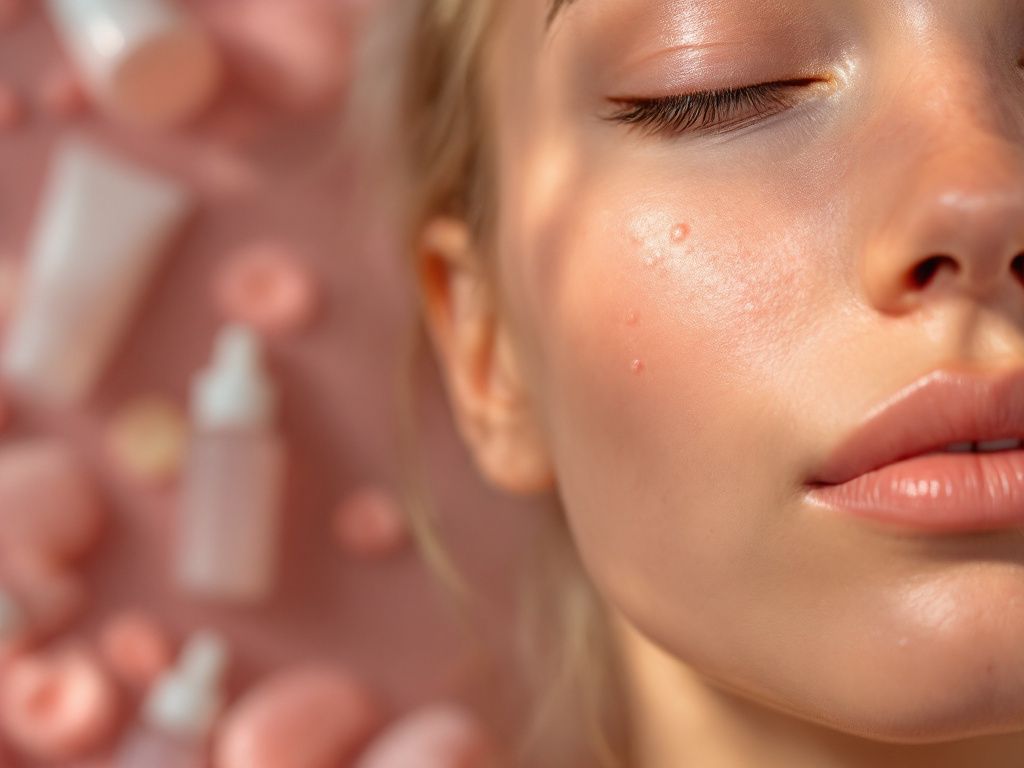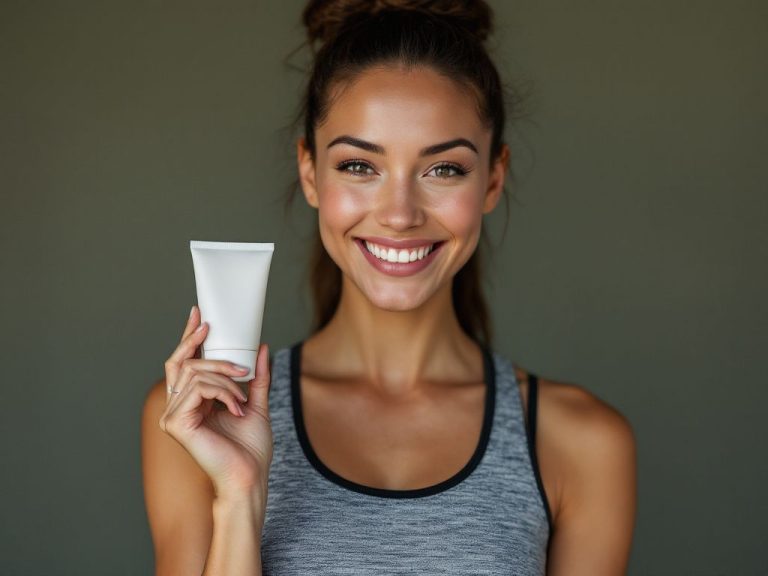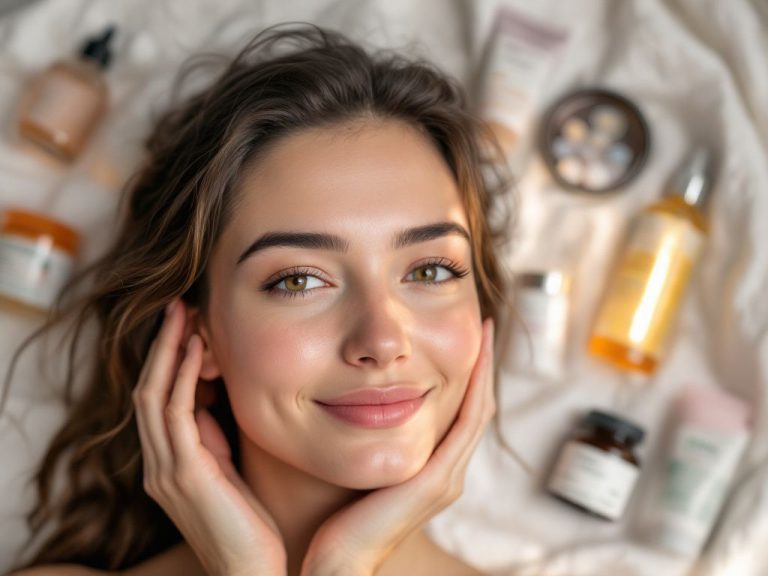Ever found yourself staring at the mirror, examining those pesky bumps, and wondering, “Why can’t my skin just behave?” Acne can feel like a riddle wrapped in an enigma, and at the heart of this issue is the elusive sebum. Yes, sebum is the oily culprit either defending your skin or breaking out in rebellion, depending on the day (or your hormones). Let’s dive into the science of it – but don’t worry, we’ll keep it chatty and relatable.
Table of Contents
ToggleWhat is Sebum, Anyway?
Let’s start with sebum itself. Picture this: a waxy, oily substance is produced by your body’s sebaceous glands, located just beneath your skin’s surface. Its main job is to coat, moisturize, and protect your skin—noble, right? It’s like nature’s moisturizer. Without it, our skin would dry out and fall apart. But what happens when everything goes sideways and sebum’s protective instincts go rogue?
The Role of Sebum in the Skin’s Oil Production
Your body’s oil production orchestra is guided by hormones like androgens. They’re the maestro tweaking everything from sebum composition to production levels. But here’s where it gets tricky: a slight increase in androgens can throw this balance off, supercharging sebum production. Imagine we’re dealing with an overactive assembly line spewing out more oil than you bargained for.
Sebum vs. Acne: The Clash on Your Skin
Here’s the scene: your skin is a beautifully complex ecosystem. Stress, diet, even age – these could alter your skin science dynamic and impact acne breakouts. When this happens, pores could become clogged with excess sebum, dead skin cells, and P. acnes bacteria, leading to inflammation and what we recognize as pimples, some uninvited guests on your skin.
Let’s Talk Hormones and How They Rock the Boat

In your quest to understand sebum acne, hormone fluctuations are major players. Adolescence ushers in a whirlwind of change. Think back to puberty—ah, the glory days when you had tiny factories of oil-producing glands working in overdrive. Adult life doesn’t grant immunity; think stress and hormonal swings, like around menstrual cycles or during menopause. Each provides a nuanced invitation for acne to make an appearance.
Hormones and You: It’s a Balancing Act
It’s like juggling, only on skin level. Androgens (testosterone’s sibling) may ramp up production, challenging your skin’s ability to stay clear. Which honestly is kind of like when you drink too much coffee: things just get a bit jittery. Interestingly, though, conditions such as Polycystic Ovary Syndrome (PCOS) can amplify this effect—making sebum acne seem relentless.
Skin Care Tips: Winning the Sebum Battle
So, you might wonder, “How do I make peace with my sebum?” Hold tight, there’s hope. Your skin journey is not going unassisted. We’re looking at an approach combining science-backed care and a tad bit of love.
Step 1: Cleanse Wisely, My Friends
Don’t strip your skin like it’s an old car you’re sanding down. Instead, keep it gentle. Use non-comedogenic cleansers with ingredients like salicylic acid that can help reduce sebum levels while being kind to your face. Aim for twice a day, maximum. Trust me on this one—over-washing only prompts more oil production.
Step 2: Moisturize… Yes, Even If You’re Oily
The debate is real, but the truth is this: skipping moisturizer can signal your skin to produce *more* oil to compensate. Pick an oil-free, non-comedogenic product to lock in hydration without clogging pores.
Step 3: Exfoliate, but Be Cautious
Aim for mild exfoliation to slough off dead skin buildup. Chemicals such as AHAs or BHAs are your best buddies here, peeling away residues without the aggravation of harsh beads or scrubs. Picture gently sweeping leaves from a sidewalk, not using a front-end loader to clear a pile.

Dive Deeper: Exploring Dietary Influences
While skin care routines provide crucial frontline defense, what you eat can be an unsung hero in your quest for skin balance. Your diet subtly shifts oil production in nuanced ways.
Foods to Embrace and Avoid
Imagine your plate as an artist’s palette; give preference to whole grains, colorful fruits and vegetables, and omega-3 packed fish. These foods calm skin inflammation and regulate oil production. On the flip side, cut back on dairy and high glycemic index foods—they’re known accomplices to excess sebum production, which could feed acne.
Experiment with Dietary Tracking
Maintaining a food journal might sound tedious, yet it can unearth patterns in your acne and oil production cycle linked to dietary choices. Being mindful without being meticulous helps: observe how certain foods might lead to those breakout patterns.
When To Seek Professional Guidance
Sometimes sebum acne requires a bit of specialized insight. Not all heroes wear lab coats, yet dermatologists wield potent tools and knowledge capable of advancing your skin’s story arc beyond basic treatments.
Topical Treatments and Medications

Under scientific assistance, options like topical retinoids, benzoyl peroxide, or even antibiotics can be factored into your regime. Prescription solutions can cut through clogged pores and reduce sebum overproduction or bacterial buildup.
Personalized Skin Procedures
In some cases, professional treatments such as chemical peels, photodynamic therapy, or specialized light therapies offer relief for persistent sebum acne. Consultation uncovers the solution blend suiting both your skin type science and lifestyle.
Staying Patient and Positive: It’s Part of the Process
Dealing with sebum acne isn’t about finding permanent one-size-fits-all answers—your skin science subtly evolves over time. It’s about engaging with the silhouette of solutions and remembering: clear skin is often less about perfection and more of an evolving journey.
The Takeaway on Sebum and Balance
Sebum, the sometimes misunderstood oil our bodies produce, serves crucial skin functions. But when acne becomes a constant companion, understanding the underlying factors becomes paramount. Balancing lifestyles, nutrition, and skin care routines ensures while sebum maintains its essential duties, it doesn’t overstep into chaos.
Final Thoughts
Use this scientific guide as your map, leaning on patience and persistence. Integrate quality advice, reasonable experimentation, and timely professional input when facing persistent sebum acne. And remember: You’re not alone in this—the world’s peppered with countless sebum soldiers expecting the exact same revolution.
So next time you notice a mysterious new roommate on your skin’s surface, smile knowingly. You’re not decoding an impossible mystery, just understanding the artful dance of sebum and science.
Frequently Asked Questions
What is sebum acne?
Sebum acne is a type of acne that arises from the overproduction of sebum, a natural oily substance produced by the sebaceous glands in the skin. This excess sebum can mix with dead skin cells and block the pores, leading to various forms of acne such as whiteheads, blackheads, papules, pustules, and nodules[1][3][5>.
What causes sebum acne?
Sebum acne is caused by several factors, including the overproduction of sebum by the sebaceous glands, which can be triggered by hormonal changes during puberty, pregnancy, or conditions like polycystic ovary syndrome. Other triggers include clogged pores, irritation from excessive sebum, inflammation from infections, and dietary factors such as high intake of oil and high-glycaemic foods[1][3][5>.
How can I treat sebum acne?
Treatment for sebum acne can include home remedies like using castor oil, apple cider vinegar, and honey, as well as medical treatments such as facial washes, laser resurfacing peels, softening serums, and treatment masks. For severe cases, oral medications like isotretinoin may be prescribed. It is also important to exfoliate regularly and use topical treatments like glycolic acid, salicylic acid, and benzoyl peroxide[1][5>.
What are some common myths about sebum acne?
Common myths about sebum acne include the belief that it is caused by dirty skin and poor hygiene, that squeezing blackheads and whiteheads is an effective treatment, and that sun exposure can improve acne symptoms. However, these myths are incorrect; acne is primarily caused by biological reactions beneath the skin, squeezing can worsen symptoms, and sun exposure can actually increase the risk of skin damage and skin cancer[3>.
References







